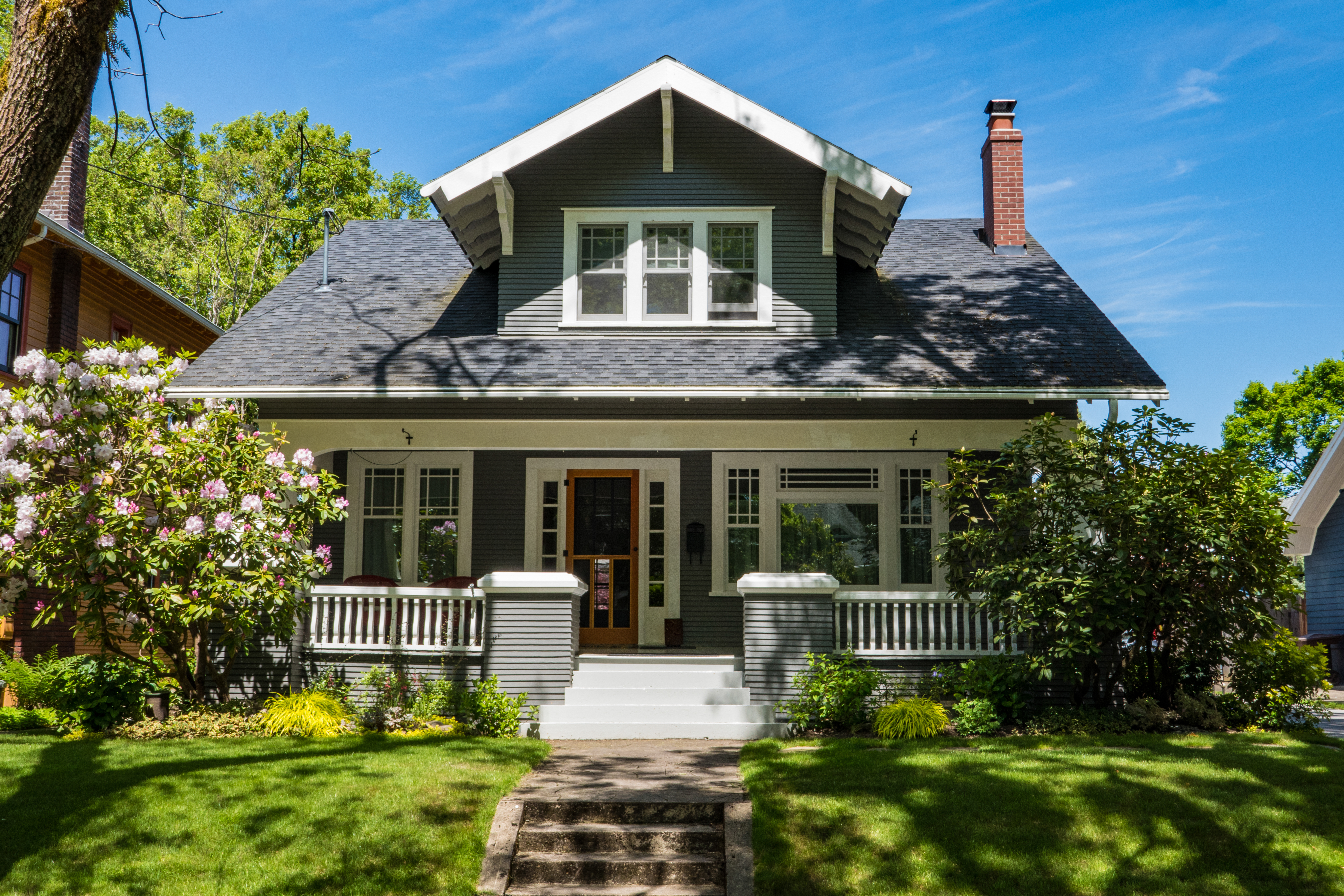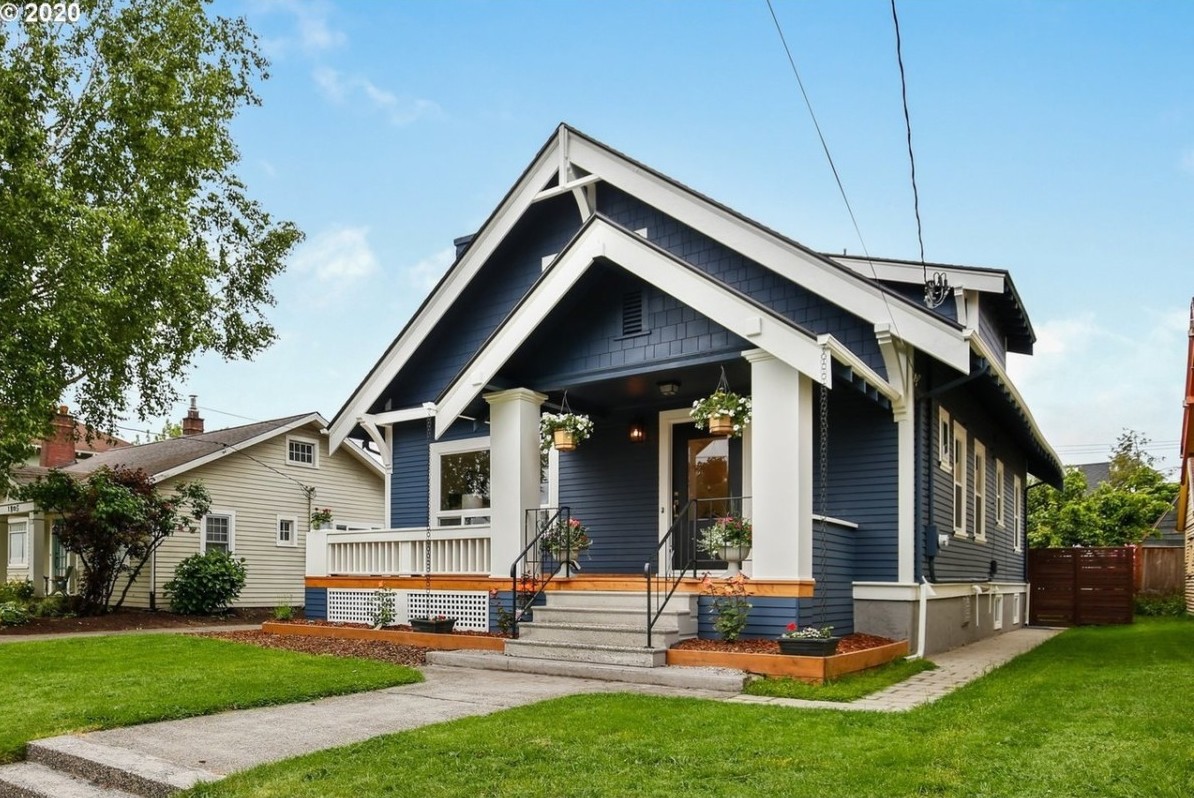The Value of Choosing the Right Firm for Your craftsman style house Project
The Role of Arts & & Crafts Architects in Elevating Architectural Services in Residential Design
Arts and Crafts architects considerably affect property layout via their dedication to workmanship and sustainability. They focus on handmade details and natural materials, which improve both looks and community identification. By including customers in the layout procedure, these architects produce special home that reverberate with individual preferences. This technique increases concerns regarding the future trajectory of domestic architecture and its prospective effect on area characteristics. craftsman style house. What exists in advance for this ageless layout ideology?

The Concepts of Arts and Crafts Architecture
The significance of Arts and Crafts architecture exists in its dedication to craftsmanship and simplicity. This architectural movement arised in the late 19th century as a response to automation, stressing the worth of handmade information and all-natural products. The concepts of Arts and Crafts architecture focus on capability and consistency with the setting. Structures generally feature low-pitched roofs, vast eaves, and revealed rafters, promoting a sense of unity with nature.
Artisans played a substantial duty in this style, frequently integrating ornamental aspects like stained glass, floor tiles, and woodwork, which show regional craftsmanship. The shade palette has a tendency to be earthy and restrained, enabling structures to blend seamlessly right into their surroundings. On top of that, the style urges open flooring plans and common areas, promoting a feeling of togetherness. Generally, the principles of Arts and Crafts architecture commemorate the charm of simpleness and the relevance of human link to both nature and neighborhood.

Lasting Practices in Residential Style
While the demand for ecologically liable living remains to expand, sustainable practices in household style have acquired significant grip among architects and homeowners alike. Architects are significantly including energy-efficient innovations and sustainable products into their layouts, intending to decrease carbon impacts and improve energy preservation. Techniques such as easy solar style, eco-friendly roofs, and rain harvesting systems are becoming typical elements of modern property architecture.
The option of locally sourced products reduces transport discharges and sustains regional economic situations. Emphasis on all-natural light and ventilation not only boosts interior air top quality but additionally reduces reliance on man-made lights and environment control systems. These sustainable practices show a commitment to protecting the setting while giving homeowners with comfortable, effective home. As recognition of ecological problems expands, the assimilation of sustainability in household layout is positioned to come to be a specifying feature of modern architecture, led by the principles established by Arts and Crafts architects.
Personalization and Customization in Home Style
Personalization and personalization in home design have emerged as key trends in response to the expanding need for special living atmospheres that mirror individual preferences and way of lives. Home owners significantly seek to customize areas that reverberate with their personal identifications, leading to an extra purposeful connection with their space. craftsman style house. This movement encourages architects to involve customers in the design procedure, promoting collaboration that guarantees the last result embodies the homeowner's vision
Components such as bespoke layouts, custom-made materials, and customized surfaces enable a diverse variety of expressions in property style. Arts and Crafts architects play a pivotal duty in this development, highlighting workmanship and high quality. Their concentrate on incorporating artistic components with performance assurances that each home blog is not only cosmetically pleasing yet also distinctively suited to the citizens' requirements. Consequently, this focus on modification boosts the overall residential experience, developing rooms that are both personal and enduring.

The Influence of Arts and Crafts Architects on Area Visual Appeals
As areas advance, the impact of Arts and Crafts architects greatly shapes their visual landscape. By stressing handcrafted information, all-natural materials, and typical building techniques, these architects produce homes that reverberate with their surroundings. Their layouts commonly incorporate neighborhood flora, appearances, and shades, fostering a sense of consistency between developed environments and nature.
Moreover, the Arts and Crafts activity advertises area identification via architectural continuity. By encouraging house owners get more to adopt similar style concepts, neighborhoods establish a natural personality that enhances visual charm. This building harmony not only improves the visual experience but additionally imparts a feeling of satisfaction among homeowners.
The focus on sustainability and workmanship in Arts and Crafts architecture lines up with modern worths, making these layouts appropriate in modern settings. Inevitably, Arts and Crafts architects contribute considerably to the total elegance and social integrity of communities, leaving a long lasting effect on their visual tradition.

Future Patterns in Arts and Crafts Architecture
With a boosting focus on sustainability and personalization, future trends in Arts and Crafts architecture are positioned to mix standard craftsmanship with modern innovation - craftsman style house. Architects are most likely to focus on eco-friendly products, utilizing redeemed timber and natural rock to boost the sustainability of property designs. The integration of clever home innovation will come to be widespread, enabling individualized living experiences without jeopardizing visual stability
The revival of artisanal strategies will promote a restored appreciation for handcrafted components, such as bespoke cabinetry and custom floor tile work. Future styles might also mirror a focus on community-oriented rooms, motivating interaction and connection amongst homeowners. Exterior living locations will get prominence, effortlessly incorporating nature into the home atmosphere. As Arts and Crafts architecture evolves, it will remain to honor its roots while adapting to contemporary requirements, developing harmonious areas that mirror individual values and way of livings.
Frequently Asked Questions
What Influenced the Arts and Crafts Activity in Architecture?
The Arts and Crafts activity in architecture was influenced by a response against automation, emphasizing handcrafted top quality, natural materials, and a go back to typical workmanship, intending to produce unified, useful rooms that celebrated creativity and uniqueness.
Exactly how Do Arts and Crafts Architects Collaborate With Customers?
Arts and crafts architects team up with customers through open dialogue, prioritizing individual needs and aesthetics. They emphasize craftsmanship and sustainability, promoting a partnership that integrates the client's vision with the designer's expertise in design and materials.
What Products Are Commonly Made Use Of in Arts and Crafts Residences?
Usual products in Arts and Crafts homes include all-natural wood, stone, and block, emphasizing workmanship and natural aesthetic appeals. These elements produce a cozy, welcoming environment, over here showing the motion's dedication to quality and simpleness in layout.
Just how Do Arts and Crafts Styles Improve Indoor Living Spaces?
Arts and Crafts designs boost interior space by promoting natural light, open layout, and handcrafted details. These elements cultivate a cozy, inviting atmosphere, urging a connection between citizens and their environments via thoughtful, practical aesthetics.
What Are Some Famous Examples of Arts and Crafts Architecture?
Famous examples of Arts and Crafts architecture consist of the Wager House, Greene and Greene's work of art in The golden state, and the Robie House by Frank Lloyd Wright. These frameworks showcase handcrafted details and consistency with nature, defining the activity's essence.